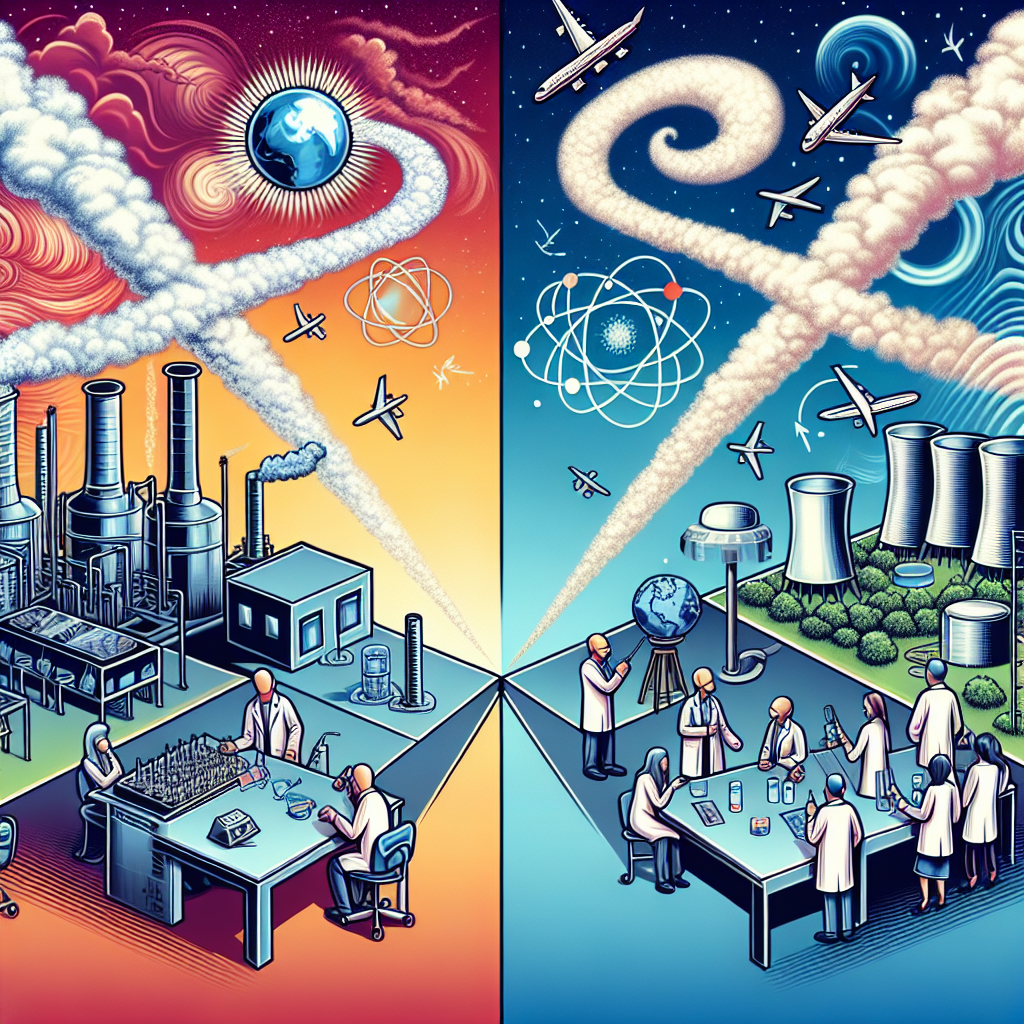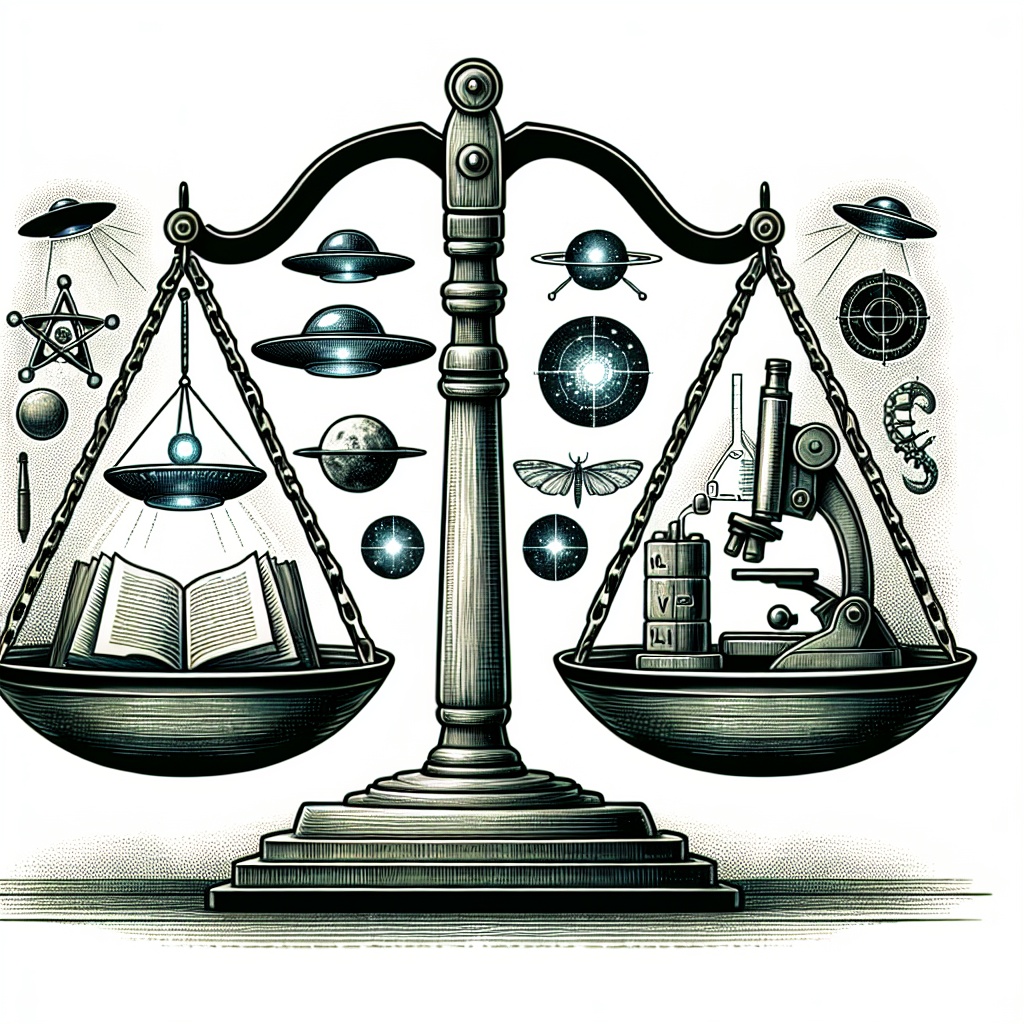What Are Chemtrails?
Chemtrails, a term derived from “chemical trails,” refer to the streaks left by aircraft in the sky that some conspiracy theorists believe are part of a covert government program. Unlike contrails—short for “condensation trails,” which form when water vapor freezes at high altitudes—chemtrails are purportedly deliberately engineered to disperse harmful chemicals or biological agents for various undisclosed purposes. The belief in chemtrails grew in the late 1990s and has gained traction among certain groups claiming that they are a part of a government experiment aimed at population control, weather modification, or even mind control.
The Scientific Basis for Contrails
To understand the chemtrail phenomenon, it is essential to grasp the science behind contrails. Contrails form when hot, humid air from jet exhaust meets low-pressure, low-temperature atmospheric conditions at high altitudes. This causes water vapor to condense and freeze, creating ice crystals that form visible trails. The duration and spread of contrails depend on environmental factors such as humidity, temperature, and wind patterns. Research indicates that in certain conditions—specifically when the humidity is high—contrails can persist for hours, spreading out into cirrus-like cloud formations. Thus, what some might interpret as “chemtrails” could simply result from variations in atmospheric conditions.
Origins of the Chemtrail Theory
The chemtrail theory became widespread in the late 1990s, primarily through internet forums and social media. Skeptics began to question the visible trails in the sky and attributed them to covert operations by government agencies or military forces. This theory gained considerable momentum during periods of tumultuous global events, such as military conflicts, economic crises, and environmental disasters, when public trust in government institutions often wanes.
Proponents of the theory claim to notice patterns and peculiarities in the behavior of aircraft and the nature of trails they leave behind, citing different patterns, intervals, and residual trails as “evidence” of intentional chemical spraying. They often reference alleged whistleblower accounts, unexplained health phenomena, or even unusual weather patterns as supporting evidence for their claims.
Government Response and Scientific Studies
Governments and scientific communities globally have consistently dismissed chemtrail theories as baseless. Numerous scientific studies have examined atmospheric phenomena to ascertain the origin and composition of contrails. Research consistently reveals that the trails are primarily composed of water vapor and ice crystals, similar to natural cloud formations. The U.S. Environmental Protection Agency (EPA), NASA, and the National Oceanic and Atmospheric Administration (NOAA) have publicly stated that there is no credible evidence supporting the existence of chemtrails.
Nevertheless, some studies have explored geoengineering—a different and scientifically-grounded concept that involves altering the Earth’s climate through various techniques, notably solar radiation management. Some methods discussed include injecting aerosols into the atmosphere to reflect sunlight, which is not the same as chemtrails, but may be mistaken as one in the public discourse. However, geoengineering remains a controversial and highly regulated field due to ethical, environmental, and governance concerns.
Psychological Aspects: The Appeal of Conspiracy Theories
The belief in chemtrails reflects broader psychological and sociological themes involving mistrust of governmental systems and scientific authorities. Conspiracy theories often thrive in times of uncertainty, as they offer simplistic explanations for complex problems. People who subscribe to such beliefs may feel a lack of control and find solace in theories that seem to provide clarity regarding the hidden machinations of powerful entities.
Additionally, confirmation bias plays a significant role, where individuals seek out information that supports their preexisting beliefs while disregarding evidence contradicting those beliefs. This psychological phenomenon, coupled with social reinforcement from communities or networks that share similar views, can perpetuate the chemtrail narrative, despite scientific rebuttals.
Health Concerns and Environmental Impact
While scientific evidence discounts the existence of chemtrails, health concerns regarding air pollution and environmental degradation remain valid topics worthy of attention. Pollutants from aircraft, particularly from older models, can contribute to greenhouse gas emissions and local air quality issues. Communities in proximity to airports or flight paths may experience health impacts from conventional air pollutants, which can lead to respiratory issues and other health problems.
Discussions around environmental issues are crucial, as they open avenues for addressing legitimate concerns related to aviation, climate change, and public health, fostering a more informed dialogue around the effects of human activities on the environment.
The Future of Public Perception and Aviation Policy
As aerospace technology continues to evolve, addressing public perception of aviation-related phenomena, including the chemtrail theory, becomes increasingly significant. Education, transparency, and communication are vital in bridging gaps between scientific understanding and public belief. Efforts to develop cleaner aviation technologies and reduce emissions may not only improve environmental conditions but also help rebuild public trust.
As new technologies emerge, including more efficient jet engines and alternative fuels, the aviation industry may have an opportunity to reshape its narrative. By focusing on sustainability and environmental responsibility, the industry could potentially counteract misconceptions stemming from theories like chemtrails.
Conclusion
Understanding the distinctions between contrails and chemtrails is essential for fostering informed discussions. While science continues to reject the existence of chemtrails as a government plot, legitimate environmental concerns persist in the context of air travel and climate change. As societies navigate these complexities, engaging in respectful dialogue that emphasizes knowledge and understanding will be crucial. Though skeptics of the chemtrail narrative will likely remain, grounding discussions in reliable science can encourage more productive conversations about aviation and its impact on our world.













Leave a Reply